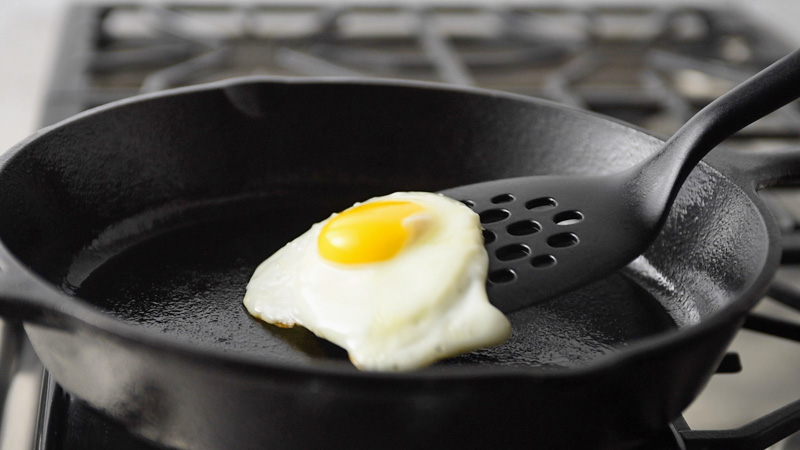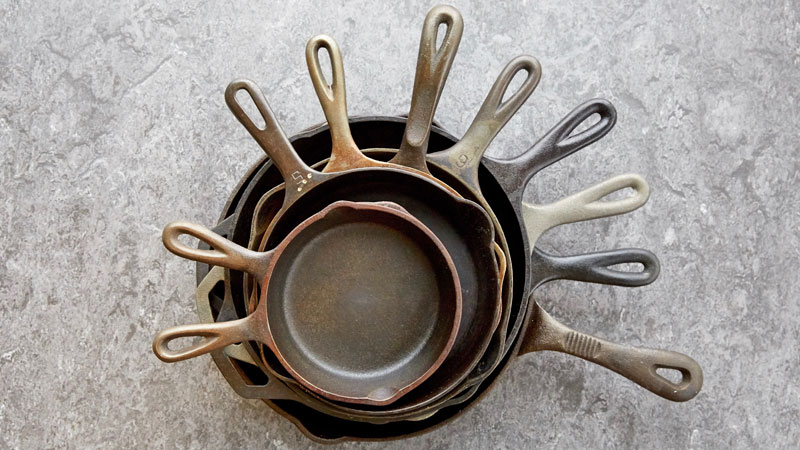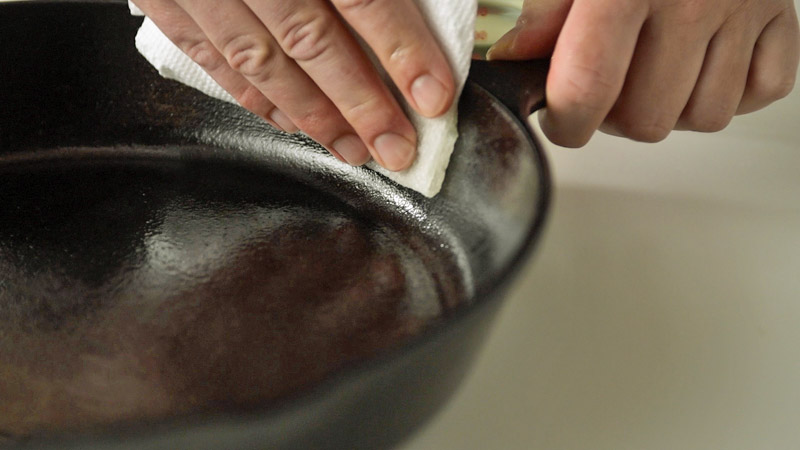(function() {
document.addEventListener('DOMContentLoaded', function() {
var componentMetadata = JSON.parse('\x7b\x22componentName\x22\x3a\x22ActionToolbar_d4f0b4cc-dd76-4537-857b-56997525ceb8\x22,\x22deferOptions\x22\x3a\x7b\x22deferComponent\x22\x3atrue,\x22deferType\x22\x3a\x22OnDemand\x22,\x22deferId\x22\x3a\x22r010c5040c49a4646b120dc3ef42bfd1a\x22,\x22deferredContainerId\x22\x3a\x22\x2ffloatingActionToolbar\x2ffloatingActionToolbar_Interop\x22,\x22deferredContainerView\x22\x3a\x22InteropDeferWrapper\x22\x7d,\x22viewName\x22\x3a\x22ActionToolbar\x22\x7d');
var configuration = {"contentId":"ecb5af78-753d-4bfa-815f-e99df10415eb","toolbarSettings":{"id":"d4f0b4cc-dd76-4537-857b-56997525ceb8","regAction":"FAVORITE","eSourceCode":16797,"namePassedToEvents":"ArticleStandardLongFormToolbar","buttons":[{"providerName":"pinterest","providerNamePassedToEvents":"Pinterest","shareUrlFormat":"//pinterest.com/pin/create/link/?url={0}","id":"76def9a1-42e6-4e8d-b963-2bb41556cef1","allowedForAnonymousUsers":true,"type":"Social","displayName":"Pinterest","toggleDisplayName":"","namePassedToEvents":"Pinterest","cssClassName":"atButtonPinterest","privacyOptOutMessage":"\u003cdiv class=\u0027privacyMessage\u0027\u003e\n\u003ch3\u003eThis feature is not available with your current cookie settings.\u003c/h3\u003e\n\u003cp\u003eYou can \u003ca href=\u0027#\u0027 data-show-preference-center=\u00271\u0027\u003eupdate your privacy settings\u003c/a\u003e to enable this content. Please enable “Functional Cookies” to use this feature.\u003c/p\u003e\n\u003c/div\u003e","showPrivacyOptOutMessage":false},{"addFavoriteErrorMessage":"Sorry, something went wrong. Please save again.","removeFavoriteErrorMessage":"Error occurred while removing from favorites","regAction":"FAVORITE","eSourceCode":16797,"isCurrentUserAnonymous":false,"isFavoriteItem":false,"id":"718b4e01-b2be-40cf-8f0c-bca3b01db0ed","allowedForAnonymousUsers":false,"type":"Favorite","displayName":"Save","toggleDisplayName":"Saved","namePassedToEvents":"Favorite","cssClassName":"atButtonFavorite","privacyOptOutMessage":"\u003cdiv class=\u0027privacyMessage\u0027\u003e\n\u003ch3\u003eThis feature is not available with your current cookie settings.\u003c/h3\u003e\n\u003cp\u003eYou can \u003ca href=\u0027#\u0027 data-show-preference-center=\u00271\u0027\u003eupdate your privacy settings\u003c/a\u003e to enable this content. Please enable “Functional Cookies” to use this feature.\u003c/p\u003e\n\u003c/div\u003e","showPrivacyOptOutMessage":false},{"providerName":"facebook","providerNamePassedToEvents":"Facebook","shareUrlFormat":"//facebook.com/sharer/sharer.php?u={0}","id":"efdb520e-282a-4ae1-8a04-1d444442d622","allowedForAnonymousUsers":true,"type":"Social","displayName":"Facebook","toggleDisplayName":"","namePassedToEvents":"Facebook","cssClassName":"atButtonFacebook","privacyOptOutMessage":"\u003cdiv class=\u0027privacyMessage\u0027\u003e\n\u003ch3\u003eThis feature is not available with your current cookie settings.\u003c/h3\u003e\n\u003cp\u003eYou can \u003ca href=\u0027#\u0027 data-show-preference-center=\u00271\u0027\u003eupdate your privacy settings\u003c/a\u003e to enable this content. Please enable “Functional Cookies” to use this feature.\u003c/p\u003e\n\u003c/div\u003e","showPrivacyOptOutMessage":false},{"templateId":"ec5776a6-84cf-4f91-ba79-ace5d6ae2fa2","dialogHeading":"Email Article","emailCode":"TBSP_ContentEmail","dialogSettings":{"cancelButtonText":"Cancel","copyToSenderLabel":"Send a Copy to Myself","emailAddressesLabel":"* Email Address(es)","emailInstructionText":"Separate email addresses with commas","fromText":"From:","privacyPolicyText":"\u003cp\u003e\u0026copy;2025 General Mills, Inc. All Rights Reserved. This information will only be used to send an email to your friend(s) and will not be saved. Please read our \u003ca rel=\u0022noopener noreferrer\u0022 rel=\u0022noopener noreferrer\u0022 href=\u0022http://www.generalmills.com/company/privacy-policies/privacy-policy-us\u0022 target=\u0022_blank\u0022 shape=\u0022rect\u0022\u003ePrivacy Policy\u003c/a\u003e.\u003c/p\u003e","requiredFieldText":"* Required","sendButtonText":"Send","senderEmailAddressLabel":"* Your Email Address","senderFirstNameLabel":"* Your First Name","sendToText":"Send To:"},"id":"1b476610-b2bd-4a56-ba87-47a4798f6dcb","allowedForAnonymousUsers":true,"type":"Email","displayName":"Email","toggleDisplayName":"","namePassedToEvents":"Email","cssClassName":"atButtonEmail","privacyOptOutMessage":"\u003cdiv class=\u0027privacyMessage\u0027\u003e\n\u003ch3\u003eThis feature is not available with your current cookie settings.\u003c/h3\u003e\n\u003cp\u003eYou can \u003ca href=\u0027#\u0027 data-show-preference-center=\u00271\u0027\u003eupdate your privacy settings\u003c/a\u003e to enable this content. Please enable “Functional Cookies” to use this feature.\u003c/p\u003e\n\u003c/div\u003e","showPrivacyOptOutMessage":false},{"layoutParameter":"p%3d1","id":"ab4bf4fc-919a-4252-81ca-c39edb8eadf0","allowedForAnonymousUsers":true,"type":"Print","displayName":"Print","toggleDisplayName":"","namePassedToEvents":"Print","cssClassName":"atButtonPrint","privacyOptOutMessage":"\u003cdiv class=\u0027privacyMessage\u0027\u003e\n\u003ch3\u003eThis feature is not available with your current cookie settings.\u003c/h3\u003e\n\u003cp\u003eYou can \u003ca href=\u0027#\u0027 data-show-preference-center=\u00271\u0027\u003eupdate your privacy settings\u003c/a\u003e to enable this content. Please enable “Functional Cookies” to use this feature.\u003c/p\u003e\n\u003c/div\u003e","showPrivacyOptOutMessage":false}],"isSticky":true},"userSettings":{"isCurrentUserAnonymous":true,"isFavoriteItem":false,"isAnonymousUserWithFavorites":false},"pageAttributes":{"url":"https%3a%2f%2fwww.tablespoon.com%2fposts%2fcleaning-and-caring-for-a-cast-iron-skillet","contentId":"ecb5af78-753d-4bfa-815f-e99df10415eb"},"recaptchaPublicKey":"6LfW_icUAAAAAL_CG700pddUxLNYIxgRJe3vOg2Z"};
var moduleName = 'actionToolbar';
var isVueModule = true;
GeneralMills.PandoSites.RegisterControlInstance(moduleName, configuration, componentMetadata, isVueModule)
});
})();
What Makes Cast Iron Cookware Different

So, what’s a cast iron skillet and why is it so special? Why should anyone choose one of these hefty pieces of equipment over other cookware? Lots of reasons. Unlike other cookware, there’s no concern over chemicals leaching into your dinner. They’re durable. They’re non-stick when seasoned correctly. They withstand a high amount of heat. They can go from stovetop to oven. They hold heat well (hello, crispy fried potatoes). They’ll sear meat like nobody’s business. They’re even great for baking up brownies and biscuits. Basically anything you want to add color, texture and flavor, the cast iron skillet is your friend.
Related: 15 Recipes That Prove You NEED a Cast Iron Skillet
And if you properly maintain it and keep it in good condition, it is something you can have for years. In fact, the older the better! The more you use it and the more layers of seasoning that build up over the years, the more the cast iron’s performance improves.
If you’re thinking you can just toss a cast iron into the dishwasher, or treat it like the rest of your cookware, you’re mistaken. There is some special care involved, but nothing too difficult. We promise.
How to Tell If Cast Iron Needs to Be Cleaned
Wondering when to clean a cast iron? It depends on how dirty it is. Sometimes it’s as simple as a quick wipe down with a paper towel or sponge after you’re finished using it, just to remove food bits. Easy peasy. If food is beginning to stick, then you’ll have to step up the cleaning a bit more. Again, nothing terribly difficult. When food is really stuck on, we’re talking burned on and not budging, or you’ve cooked something particularly smelly, you’ll need to do a bit of actual scrubbing and soaking.
Different Methods for Cleaning a Cast Iron Pan

So, what are the ways to clean a cast iron? If your skillet is only slightly grimy from normal use, you can wash it out with soap and water. You’ve probably heard that soap is the enemy to cast iron. But if you’ve properly seasoned your skillet, a little soap won’t do harm and won’t be enough to remove the seasoning. And while water causes rust, a little water is fine as long as you dry your pan thoroughly and immediately after you’re done cleaning. Or, skip the soap and water and simply add a little oil, then wipe thoroughly with a paper towel, give it a quick heat on the stove and you’re done.
If there’s a little food sticking or the pan is extra dirty, sprinkle an abrasive like course sea salt or cornmeal into the skillet, add a little hot water, then scrub the pan with a paper towel.
For major cleanup, you’ll need to do some scrubbing. If you have a spare potato lying around, cut it in half, then add a thin layer of baking soda to the potato. Scrub the skillet with the baking soda and potato. If the potato gets worn out, simply slice a bit off, add more baking soda and get back to scrubbing. Wipe clean then re-season your pan. Or, put some hot water into the skillet and scrub away with steel wool. This technique should only be used if the skillet is in serious need of scrubbing. You will need to re-season after using steel wool. If necessary, it’s okay to let the skillet soak for a bit in water before scrubbing. Just be sure to not leave it too long or forget about it. If there’s a little food sticking or the pan is extra dirty, sprinkle an abrasive like course sea salt or cornmeal into the skillet, add a little hot water, then scrub the pan with a paper towel.
Step-by-Step: How to Clean a Cast Iron Skillet
Now that we’ve covered the basics, here are the steps to how to clean a cast iron skillet.
What You Need:
- Dish soap
- Kitchen sponge
- Paper towels or dish rag
- Oil
Step 1: Wipe out any crumbs or food with a paper towel.
Step 2: Wash by hand with soap and water using a sponge. Never put the skillet in a dishwasher.
Step 3: Dry thoroughly. Placing the skillet back on the stove and heating up for a couple of minutes will help dry the skillet.
Step 4: Add a little oil to the pan, wipe out completely with a paper towel or rag. Place the skillet back over high heat for a few minutes. Now it’s ready for storing and the next use.
How to Remove Rust from a Cast Iron
If your skillet has rust, don’t worry! There’s no need to throw it out. You can save the skillet from a rusty demise. Here are the easy steps to removing rust from cast iron.
What You Need:
- Steel wool
- Paper towels or dish rag
- Oil
Step 1: Use steel wool and a little water to remove rust by scrubbing.
Step 2: Wash pan with soap and water.
Step 3: Dry thoroughly with a towel, then place on burner to heat up skillet and remove any remaining moisture.
Step 4: Do a quick re-season by adding oil to the skillet, wiping it out thoroughly and heating before storing it away.
Here are some additional tips and tricks for removing rust from a cast iron:
- Vinegar can be used to remove rust. Mix a 50/50 solution of water and vinegar and soak the skillet in the mixture for up to three hours. Scrub the rust away then re-season.
- If the rust is severe, you can have it removed with power tools, or take it to a shop and have it sandblasted. Re-season your newly restored skillet.
How Often to Clean a Cast Iron
How often to clean a cast iron is dependent on how dirty your skillet is. If it’s only lightly soiled, then a quick wipe down or a quick wash with soap and water after use is plenty. If it’s a little dirtier, or there’s a little food stuck on then you may need to scrub a bit with some salt. And if it’s just a total hot mess, food is sticking to it, or it smells really bad, or there’s tinges of rust, then you may need to get a bit tougher with the steel wool or baking soda scrub down, followed by re-seasoning.
When Do You Need to Replace Your Cast Iron
The amazing thing about cast iron is the longevity of this cookware. Even if it looks beyond repair, it can still be brought back with a little T.L.C. That said, there are a few instances when a cast iron skillet is sadly no longer useable and should be discarded.
So when should you think about replacing a cast iron? First, if there are any cracks. Any cracks can result in a useless skillet. Or, if you see heat damage on the metal, then achieving an even seasoning will become a problem. Another issue is pitting and erosion. If your skillet has a lot of pitting and erosion then it’s difficult to get an even seasoning. A little pitting and erosion isn’t the end of the skillet, but a lot may signal it’s time to move on.
Tips & Tricks When Caring for a Cast Iron

DO
Here’s all our tips and tips for caring for your cast iron:
- Cast iron skillets conduct heat very well, so DO use caution and a potholder or other heat protective item to handle the skillet.
- Cast iron skillets are tough and so are their seasonings, so using a metal spatulas is fine, just don’t be too heavy handed.
- DO thoroughly dry your pan with a towel immediately after washing (instead of air drying). Prolonged exposure to moisture leads to rust.
- DO re-season the skillet after cleaning with steel wool or any other very abrasive material.
DON’T
While it’s surprisingly easy to clean a cast iron skillet there are a couple of things to avoid. Here is what not to do when cleaning a cast iron.
- DON’T put your cast iron skillet into the dishwasher. Ever.
- While a little water is okay, DON’T leave your cast iron soaking overnight, as it can lead to rust.
- Don’t put a hot skillet into cold water. The temperature difference could cause the skillet to crack.
- Avoid prolonged exposure to acidic ingredients. A little for a short time is fine, but cooking something like tomato sauce for a long time is best left for different cookware.
And that’s it! While cast iron skillets do require a little extra special attention, if cared for and cleaned properly, they are worth the investment. Be sure to check out our
Guide to Seasoning a Cast Iron Skillet to help get you started with your new favorite cookware.
Owning and cooking with a cast iron pan all starts with the basics. Make sure you’ve mastered our Guide to Seasoning a Cast Iron Skillet, too!